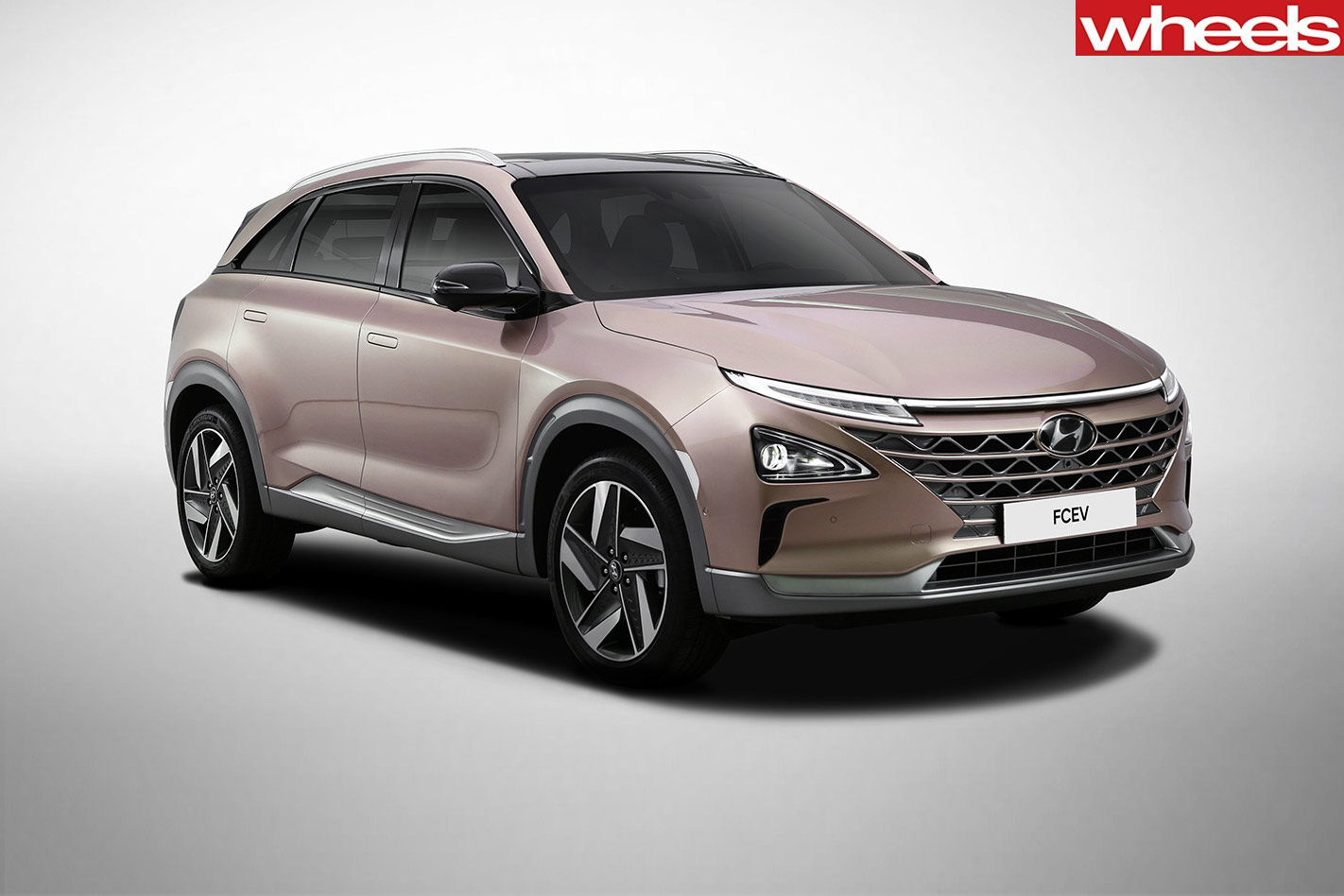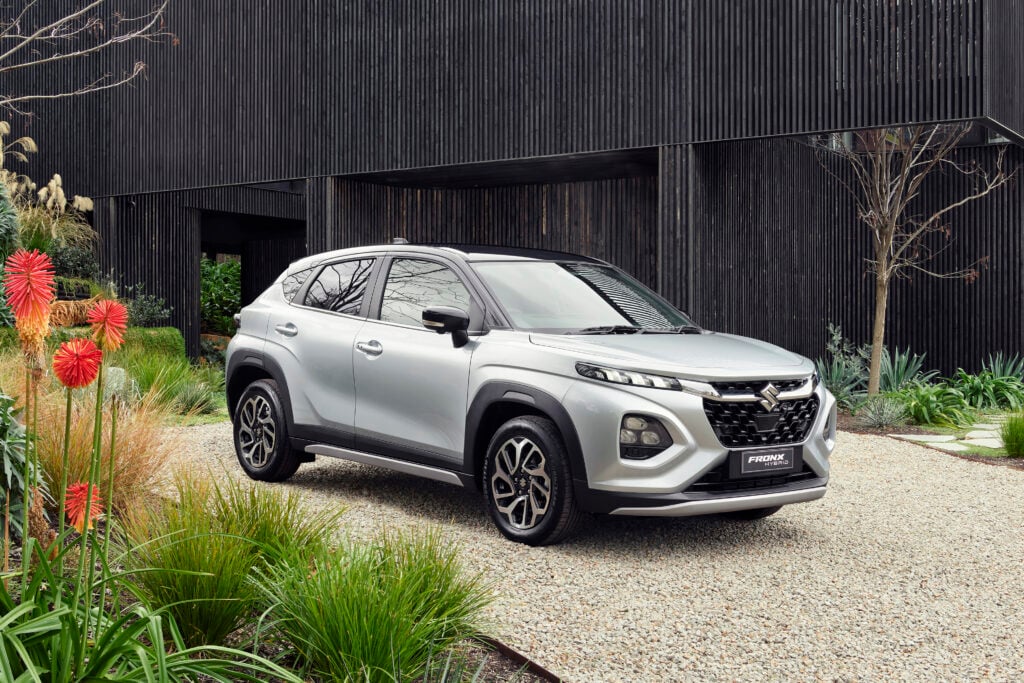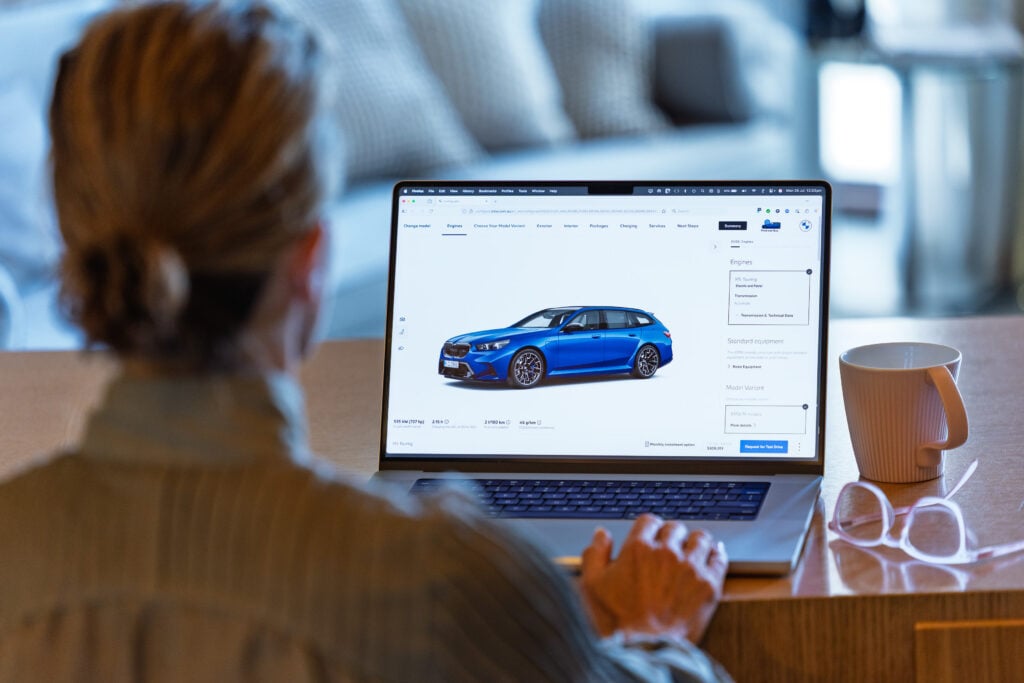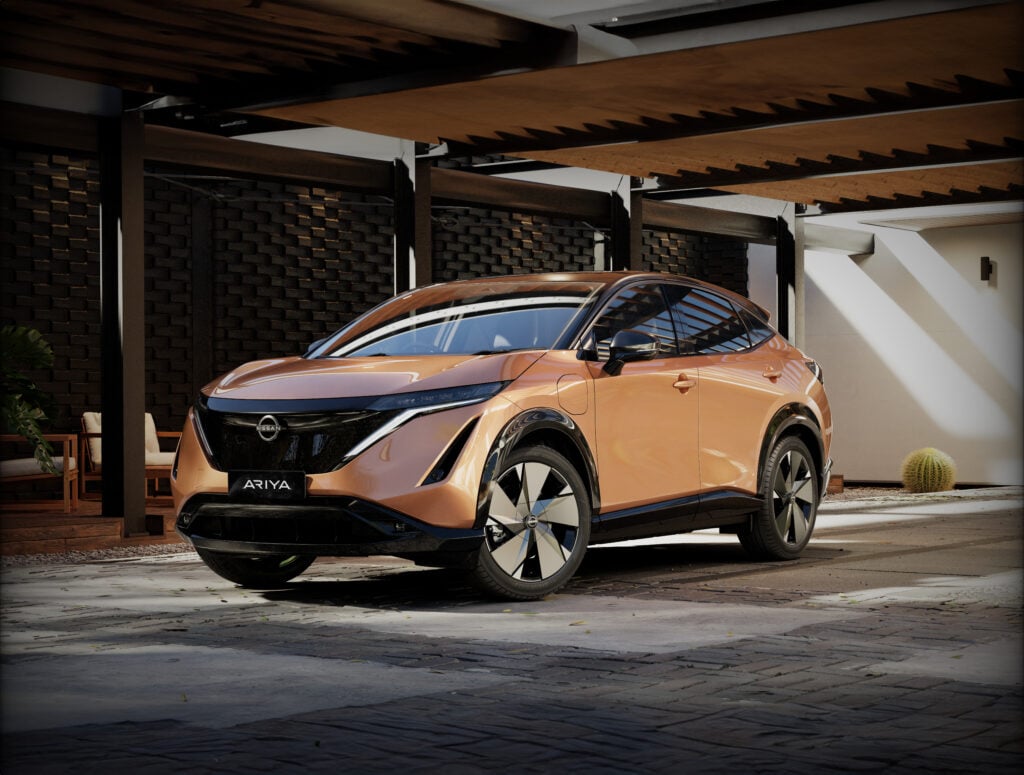HYUNDAI’S dogged commitment to hydrogen as a fuel of the future has taken another step forward today with the company finally revealing the name – Nexo – and full technical details of its all-new fuel-cell SUV at the Consumer Electronics Show (CES) in Las Vegas.
Pitched as the technological flagship of Hyundai’s fledgling eco-vehicle range (the Korean brand hopes to have 18 eco-friendly models on sale by 2025), the Nexo is a replacement for the current ix35 FCEV and the first model spun off Hyundai’s dedicated FCEV architecture.
The headline stats are impressive: significantly roomier than the car it replaces, it’s also more powerful, accelerates quicker, can be fully recharged in as little as three minutes and, if Hyundai insiders are right, it can travel almost 1000km on a single tank (the official range is a conservative 800km).

A new generation voice recognition system also debuts, which doesn’t only control functions like the air-con, sunroof and door locks, but extends beyond the car and into the owner’s home. Owners can ask the car to turn lights on inside their house, for example, or stream the same song being played in the car into their living room for a seamless arrival experience.

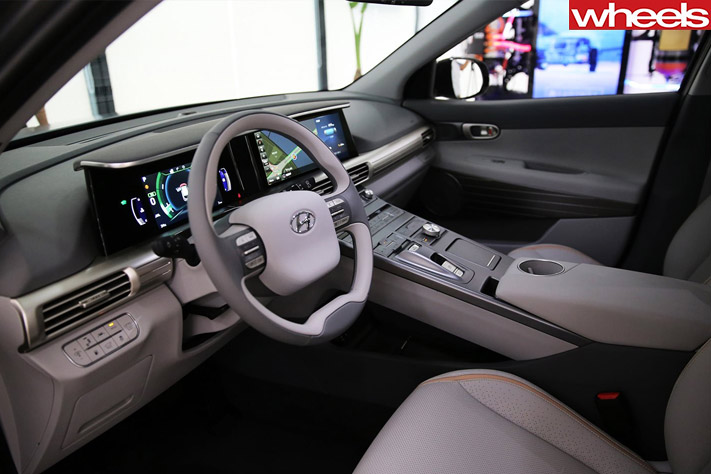
Powertrain wise, Nexo powers the front-wheels via a redesigned fuel-cell system that combines a 95kW/h hydrogen cell and 40kW/h battery with a 120kW electric motor. Despite slight performance gains, however, it’s still no sportscar, with 0-100km/h taking 9.5sec, roughly the same as Hyundai’s Kona small SUV.
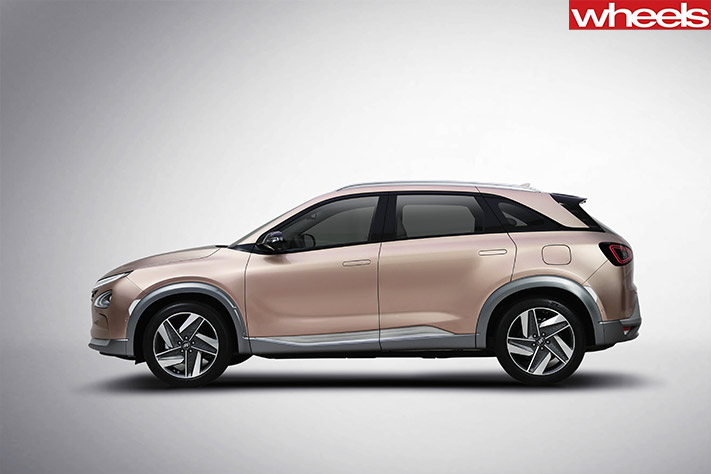
“But we’re playing the long game,” Hyundai’s fuel cell program leader, Scott Nargar, told Wheels. “Long-term Hydrogen is cleaner, faster to recharge and more viable.”


